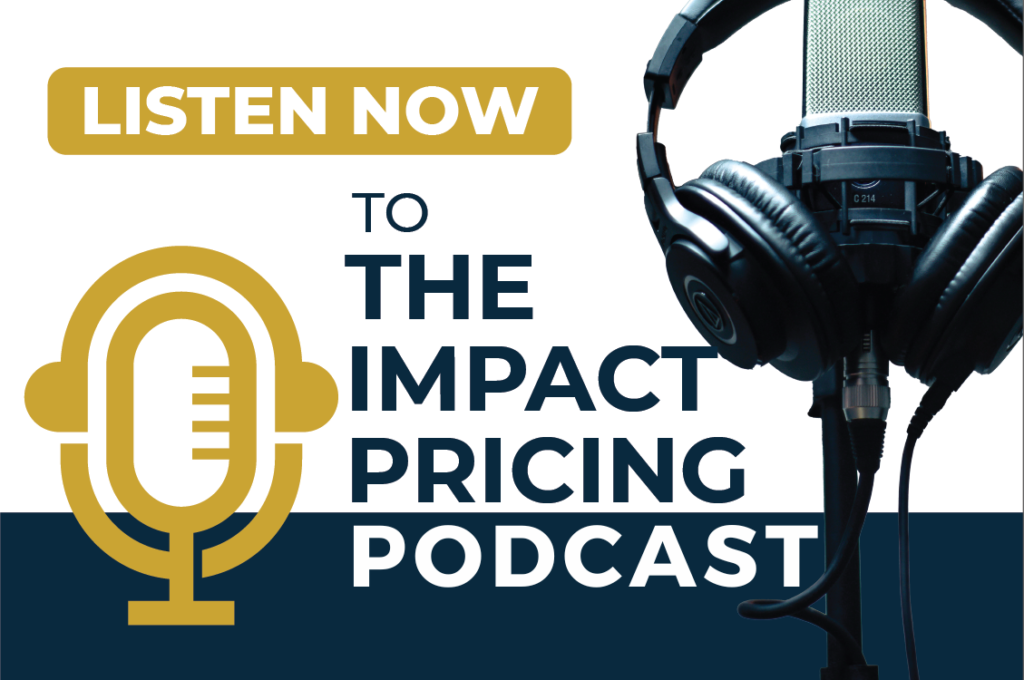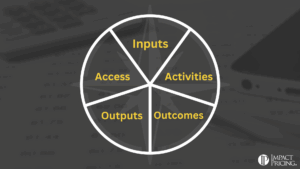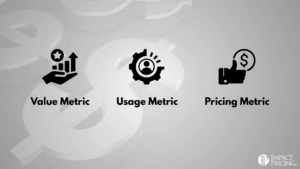I teach pricing (and value) a lot. And I always include price segmentation. It’s one of the most powerful ways a company can grow profits, especially in B2B and SaaS. But almost every time I teach it, seriously, about 99% of the time, someone raises their hand and asks:
“What if two customers talk?”
It’s a fair question. And for some companies, it’s a fear that keeps them from using price segmentation at all.
Let’s look at why that fear exists, why it’s usually unfounded, and what to say if it ever actually happens.
The Fear: A Conversation That Never Ends Well
The imagined scenario goes like this: you charge two customers different prices. Somehow, they find out. One gets angry, calls you up, and demands a discount, or worse, takes their business elsewhere.
Nobody wants to be caught in that situation, so many companies avoid price segmentation entirely. They stick to flat pricing or simple volume tiers, even when their customers clearly perceive different levels of value.
But the fear itself is based on two bad assumptions.
Reality Check #1: Buyers Rarely Talk About Price
Here’s a quick thought exercise:
When was the last time you told someone what you paid for something?
When was the last time they told you?
It happens, but not often, especially in B2B and SaaS, where buyers usually don’t know each other and rarely have any reason to compare notes. Even procurement professionals, who are paid to negotiate, don’t tend to swap pricing stories with their peers.
Is it possible that two customers will talk and compare what they paid? Sure.
Is it likely enough to build your whole pricing strategy around it? Not even close.
Reality Check #2: “They Bought Something Different”
Even if two customers do talk, there’s only a problem if they think they bought the same thing.
But in almost all well-segmented pricing, they didn’t.
They might have bought:
- Different feature sets
- Different usage levels
- Different support packages
- For different contract lengths
- At different times
Maybe they bought it early. Maybe they bought it during a sale. Maybe they just asked. If you negotiate prices with procurement, you are already using some form of price segmentation.
The most powerful (and true) answer you can give when a buyer questions a pricing difference is this:
“They bought something different.”
That ends most conversations.
The Deeper Insight: Fairness Comes from Framing
Here’s the real key: customers don’t expect identical pricing. They expect pricing that makes sense.
Most price segmentation doesn’t give customers choices—it’s just how the pricing is structured. Different industries pay different prices. Large companies get better deals. Someone buying today might pay more (or less) than someone buying last week.
That doesn’t feel unfair to most buyers. It feels normal.
What makes pricing feel unfair is when there’s no explanation. But if you can point to a real, understandable difference in what was bought or how it was bought, buyers are far more likely to accept the pricing.
Don’t Let Fear Dictate Your Pricing
So yes, maybe two customers will talk. But probably not.
And if they do, your answer is simple:
“They bought something different.”
Segment your pricing based on value. Make sure the differences are real. And don’t be afraid to use one of the most effective pricing strategies available, just because of a conversation that probably won’t happen.
Share your comments on the LinkedIn post.
Now, go make an impact!
 Tags: pricing, pricing foundations, pricing skills
Tags: pricing, pricing foundations, pricing skills













